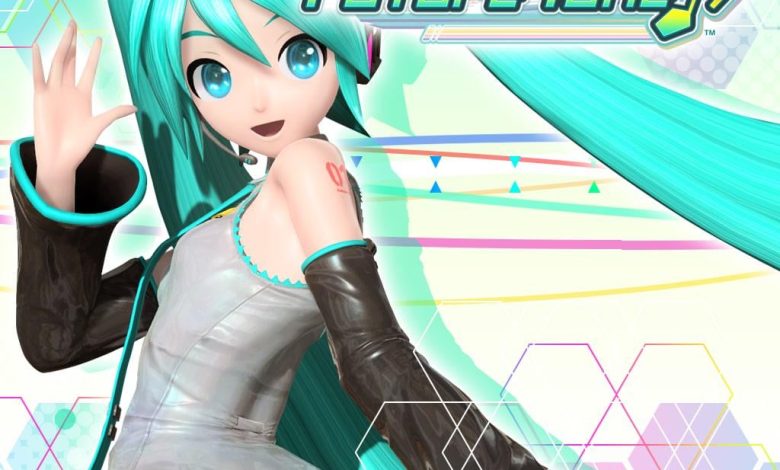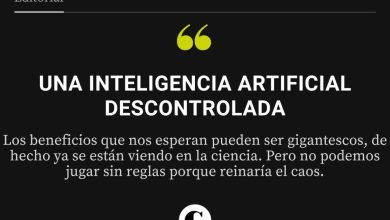Hoy es el aniversario #16 de Hatsune Miku, una de las cantantes virtuales más famosas del mundo.


Hatsune Miku cumple 16 años: Celebrando el aniversario de la icónica cantante virtual
Hoy se conmemora el 16º aniversario del lanzamiento de Hatsune Miku, la innovadora cantante virtual creada por Crypton Future Media utilizando la tecnología VOCALOID. Desde su debut en 2007, Miku se ha convertido en un fenómeno global, cautivando a fans en todo el mundo con su voz única y su imagen icónica.
Como pionera en la fusión de música y tecnología, Hatsune Miku ha inspirado a una nueva generación de creadores y artistas. Su éxito ha impulsado el desarrollo de la serie Piapro Studio y ha puesto de manifiesto el potencial de los sintetizadores de voz en la creación musical.
Más allá de su impacto en la industria de la música, Hatsune Miku ha trascendido las fronteras del entretenimiento. Sus conciertos holográficos, en los que aparece en un cuerpo virtual en el escenario, han revolucionado la forma en que experimentamos las presentaciones en vivo. Este matrimonio entre tecnología y arte ha abierto nuevas posibilidades para la expresión creativa en la era digital.
A medida que celebramos el 16º aniversario de Hatsune Miku, también reflexionamos sobre el futuro de la inteligencia artificial y su papel en la cultura pop. Miku no es solo una cantante virtual, sino también un símbolo de cómo la innovación tecnológica puede enriquecer y transformar nuestras vidas.
En este día especial, fans de todo el mundo se unen para celebrar el legado de Hatsune Miku y anticipar las emocionantes posibilidades que el futuro nos depara. ¡Feliz 16º aniversario, Hatsune Miku!

Fue lanzada el 31 de agosto de 2007 para el software de Vocaloid 2. El éxito de la campaña llevó a Miku al punto de ser considerada la primera idol virtual japonesa. Hatsune Miku es la primera cantante holograma por la razón de su gran éxito, sus "compañeros" son: Megurine Luka, Kagamine Rin y Len, MEIKO, KAITO.
[matched_content]
Here are some commonly used social SEO tags that you can add to your website:
1. Open Graph Tags (Facebook):
– og:title: The title of your content.
– og:description: A brief description of your content.
– og:image: The URL of an image that represents your content.
– og:url: The canonical URL of your content.
– og:type: The type of your content (e.g., article, website, video).
– og:site_name: The name of your website.
2. Twitter Card Tags:
– twitter:card: The type of card (e.g., summary, summary_large_image).
– twitter:title: The title of your content.
– twitter:description: A brief description of your content.
– twitter:image: The URL of an image that represents your content.
– twitter:site: Your website’s Twitter handle.
– twitter:creator: The Twitter handle of the content creator.
3. Schema Markup:
– itemprop=”name”: The name of your content or organization.
– itemprop=”description”: A brief description of your content or organization.
– itemprop=”image”: The URL of an image that represents your content or organization.
– itemprop=”url”: The URL of your content or organization.
4. Dublin Core Metadata:
– DC.title: The title of your content.
– DC.description: A brief description of your content.
– DC.subject: Keywords or tags related to your content.
– DC.creator: The author or creator of the content.
– DC.publisher: The publisher of the content.
– DC.date: The date of publication or creation.
5. Standard Meta Tags:
–
–
–
–
Remember to place these tags within the
section of your HTML document. Also, ensure that the content you provide in these tags accurately represents your webpage and is concise and engaging to encourage users to click through from social media platforms.It’s worth noting that you don’t need to include all of these tags on every page. Choose the ones that are most relevant to your content and the social media platforms you target.


